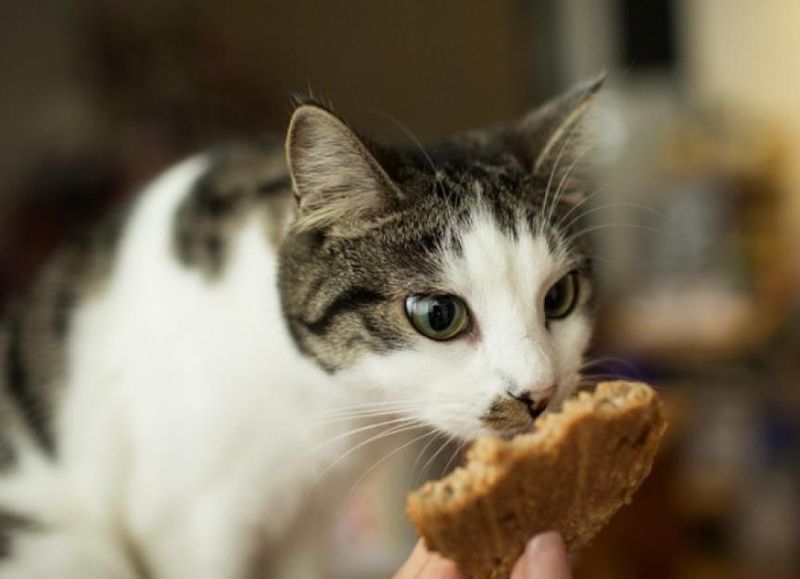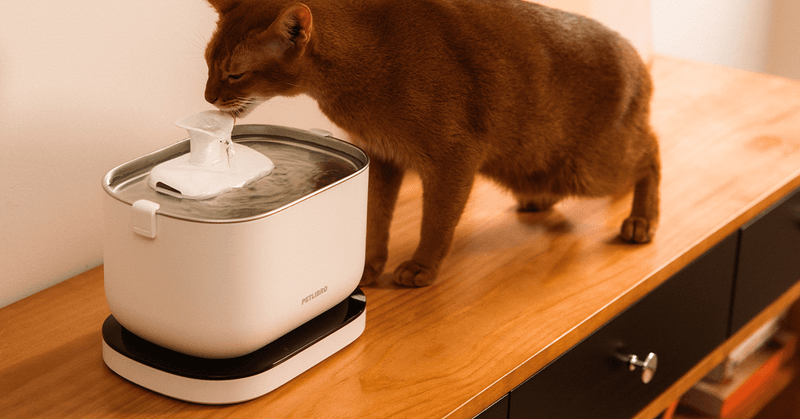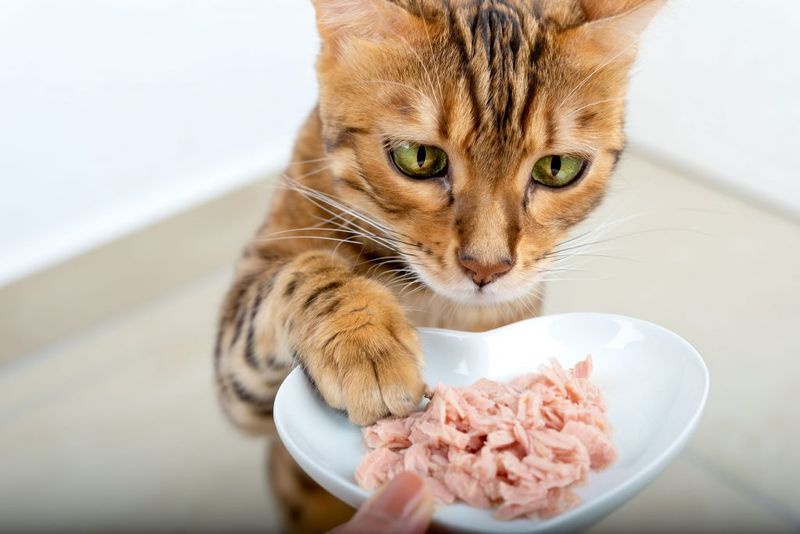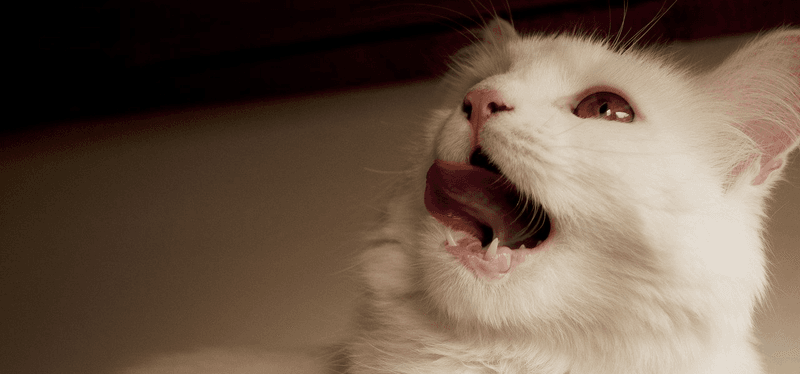📖 Table of Content:
When it comes to feeding our feline companions, most cat owners focus on flavor and ingredients, often overlooking a crucial factor: texture. Whether your cat eagerly devours smooth pâté or daintily nibbles on shredded morsels, the consistency of their meal plays a surprisingly significant role in how they experience it. In fact, texture can influence everything from appetite to hydration and even behavioral satisfaction.
Cats, being notoriously finicky eaters, have evolved with particular sensory preferences rooted in their wild ancestry. These instincts guide their choices in domesticated settings, where texture becomes a form of communication between pet and food. The way a food feels in their mouth, how it smells when stirred, and how easily it breaks apart are all part of a nuanced dining experience that can either entice or repel them.
Understanding how different textures—like pâté and shreds—affect your cat’s overall enjoyment and nutrition can make mealtimes more rewarding for both of you. By recognizing these subtle but impactful distinctions, you can better meet your cat’s unique preferences and even address specific health or behavioral concerns. Here are six surprising ways texture influences your cat’s appetite and satisfaction.
1. Mouthfeel Preferences
Every cat has a distinct preference for how their food feels in their mouth, which directly affects their willingness to eat. While some cats are drawn to the uniform, creamy texture of pâté, others may crave the physical stimulation offered by shredded meat. These preferences are often instinctual, mimicking the sensations of prey animals in the wild. Pâté can provide a more passive eating experience, which may appeal to senior cats or those with dental sensitivities. In contrast, shreds can engage a cat’s senses more fully, satisfying their need to bite, tear, and chew. Not all cats develop these preferences early on—some may shift between textures over time, depending on health or mood. Catering to this tactile desire helps build a positive association with meals.
2. Aroma Release
The way a food’s texture influences aroma dispersion plays a surprisingly key role in a cat’s initial interest. Shredded foods, with their fragmented structure and exposed surfaces, tend to release their scent more quickly and potently. This immediate aromatic hit can entice picky eaters who rely heavily on their sense of smell to decide what’s palatable. On the other hand, pâté’s dense structure holds aroma in more tightly, releasing it gradually as it is warmed or broken apart. This slower release may work better for cats who need longer to assess their food before diving in. It’s not just about the strength of the scent, but the timing and consistency of its delivery. Aroma, triggered by texture, becomes the invisible appetizer.
3. Satiety and Chewing Effort
Textured foods like shreds often require more chewing, which in turn can promote feelings of fullness and reduce overeating. By contrast, pâté can be consumed quickly with minimal effort, sometimes leading to faster eating and less meal satisfaction. The act of chewing engages a cat’s brain differently, offering both mental stimulation and a natural pacing mechanism. For cats with weight concerns, encouraging slower eating through more challenging textures may be beneficial. It mimics the effort they would exert when consuming whole prey, thus activating natural satiety signals. Some cats may enjoy the ease of pâté, especially those with limited mobility or oral discomfort, despite the trade-off in fullness. Ultimately, the balance between effort and reward can shape a cat’s feeding behavior.
4. Hydration Support
Moisture levels vary significantly between textures, and this can have a direct impact on a cat’s hydration. Pâté often incorporates water or broth throughout its blend, making each bite rich in moisture. This can be especially valuable for cats who are reluctant to drink from bowls, helping them meet daily water needs through food. Conversely, shredded foods frequently come packaged with separate gravy or broth, which some cats eagerly lick off while leaving the solids behind. This selective consumption may limit the hydration benefits if the cat avoids the meat itself. Additionally, food temperature and mixing can influence whether the liquid is fully consumed. Choosing a texture that supports fluid intake is particularly important for cats prone to urinary or kidney issues.
5. Sensory Enrichment
Providing a variety of textures is a simple yet effective way to keep feeding time engaging and mentally stimulating. Alternating between pâté and shreds introduces novelty, which can prevent food boredom and mealtime refusal. This is especially true for indoor cats who rely on meals as one of their few daily stimuli. Each texture challenges the senses in a different way, offering tactile and olfactory enrichment. Some owners even rotate between textures weekly or mix them together to enhance the experience. This approach mirrors the unpredictable nature of wild feeding, keeping a cat’s interest piqued. Maintaining excitement around food can lead to more consistent eating habits and emotional well-being.
6. Age and Dental Health Considerations
Physical condition, particularly age and oral health, can drastically affect a cat’s ability to enjoy certain textures. Elderly cats or those with missing teeth may struggle to chew shredded pieces, making pâté the more comfortable and accessible option. On the flip side, healthy young cats might find soft pâté too boring or unchallenging. Dental disease is common in older cats, and texture plays a pivotal role in accommodating or aggravating these conditions. Veterinarians often recommend softer foods for cats with gum inflammation or tooth decay. Offering the right texture can ease discomfort and ensure proper nutrition despite oral limitations. As such, evaluating your cat’s dental health can guide smart texture choices.






